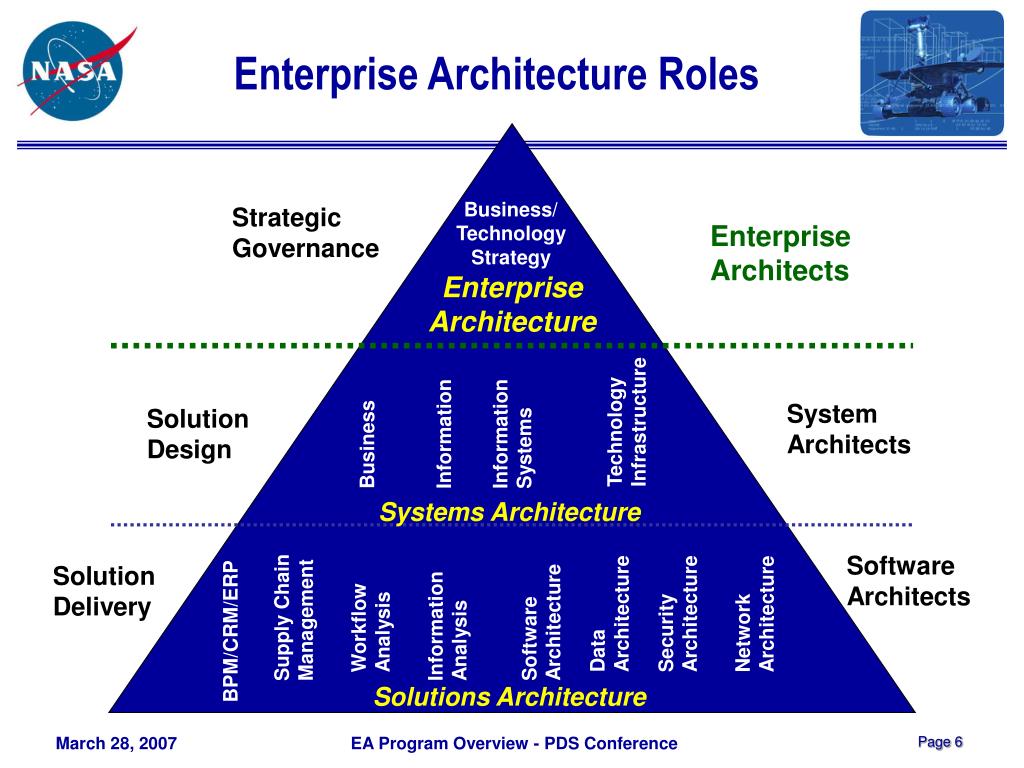
Status: Final Blueprint
Author: Shahab Al Yamin Chawdhury
Organization: Principal Architect & Consultant Group
Research Date: January 9, 2022
Location: Dhaka, Bangladesh
Version: 1.0
Executive Summary
The Enterprise Architect (EA) is a pivotal strategic role that integrates business strategy with technological execution. Moving beyond traditional IT management, the modern EA designs the future state of the enterprise, creating and managing a multi-year roadmap to guide transformation. This involves a holistic, enterprise-wide perspective on business processes, data, applications, and technology. The EA’s primary function is to ensure that technology investments drive business value, reduce complexity, and enable sustained competitive advantage in an era of constant disruption.
Part I: The Strategic Imperative
1.1 Defining the Modern Enterprise Architect
The EA has evolved from an IT custodian to a business transformation catalyst. The core responsibility is to align an organization’s IT strategy with its overarching business goals. Unlike other technical roles that focus on specific systems, the EA maintains the most comprehensive view of the enterprise, understanding the dynamic interrelationships between people, processes, data, and technology. This strategic focus is on developing long-term roadmaps that enable growth, ensure compliance, and reduce operational complexity.
1.2 The Four Integrated Pillars of Enterprise Architecture
To manage enterprise complexity, the EA uses a blueprint structured around four interconnected domains:
- Business Architecture: Defines the business strategy, governance, key capabilities, and operational processes that deliver value.
- Data Architecture: Defines the logical and physical data assets, master data management strategies, and information flows.
- Application Architecture: Provides a blueprint of the software portfolio, how applications interact, and their alignment with business functions.
- Technology Architecture: Defines the underlying hardware, software, and network infrastructure required to support the enterprise’s applications and data.
1.3 Translating Strategy into Executable Roadmaps
The primary deliverable of an EA is the Enterprise Architecture Roadmap, a strategic plan that details the transition from the current (“as-is”) state to the desired future (“to-be”) state. This is developed through a structured lifecycle:
- Assess Current State: Understand existing processes, assets, and costs.
- Define Desired State: Articulate the future business vision and outcomes.
- Gap Analysis: Identify what must be changed to bridge the gap.
- Prioritize & Sequence: Create a coherent, value-driven plan of initiatives.
This roadmap serves as a critical communication and negotiation tool, aligning stakeholders around a shared vision and managing the risks of large-scale transformation.
Part II: Frameworks & Governance
2.1 Navigating EA Frameworks
Frameworks provide structure, a common vocabulary, and a repeatable method for creating an enterprise architecture.
- TOGAF (The Open Group Architecture Framework): The industry standard, providing a comprehensive, process-oriented methodology known as the Architecture Development Method (ADM). It is a “how-to” guide for building an EA.
- Zachman Framework: An ontological classification schema, not a methodology. It uses a 6×6 matrix to ensure all aspects of the enterprise are described from every relevant stakeholder perspective, focusing on descriptive completeness.
2.2 EA Governance
EA Governance is the practice of enforcing policies, processes, and standards to ensure the integrity and effectiveness of the architecture over time. It is typically managed by an Architecture Review Board (ARB), a cross-organizational committee that oversees technology strategy, defines standards, and ensures projects comply with the enterprise roadmap. Modern governance enables agility by setting “guardrails” within which autonomous teams can innovate safely and quickly.
Part III: Measuring Impact & Cultivating Maturity
3.1 The Architect’s Hybrid Skill Set
The EA role requires a unique blend of skills to be successful:
- Technical & Analytical Skills: Deep knowledge of IT domains (cloud, security, data) and architectural frameworks.
- Business & Strategic Acumen: A profound understanding of market dynamics, financial modeling, and the organization’s value streams.
- Soft Skills: Exceptional communication, stakeholder management, leadership, and negotiation skills are often the key differentiators for success.
3.2 EA Maturity Models
Maturity models are tools used to assess the current state of an EA function and create a roadmap for its improvement. They typically describe a progression through five levels:
- Initial: Ad-hoc, informal processes.
- Developing: Basic processes are being established.
- Defined: A formal, documented EA program is in place.
- Managed: The practice is measured with quantitative data and KPIs.
- Optimizing: The focus is on continuous improvement and innovation.
3.3 Performance Metrics (KPIs)
Demonstrating value is a critical challenge. A Balanced Scorecard approach is used to track a portfolio of Key Performance Indicators (KPIs) across several dimensions:
- Financial: IT cost savings, TCO reduction, ROI on IT projects.
- Internal Process: Technology standardization ratio, project compliance, system availability.
- Customer/Stakeholder: Business and end-user satisfaction scores.
- Learning & Growth: Time-to-market for new services, application rationalization progress.
Conclusion
The Enterprise Architect is an indispensable strategic leader in the modern digital enterprise. By providing a coherent blueprint that links strategy to execution, the EA makes the organization’s complexity understandable, manageable, and adaptable. Through robust frameworks, agile governance, and a relentless focus on value realization, the Enterprise Architect ensures the organization can navigate change and achieve its long-term vision.